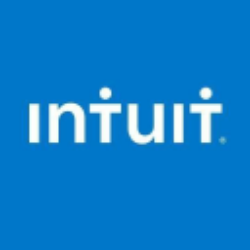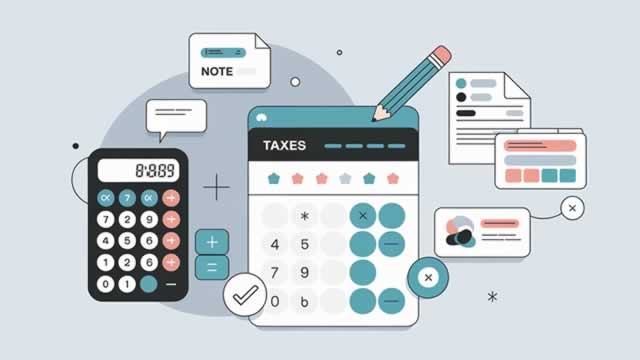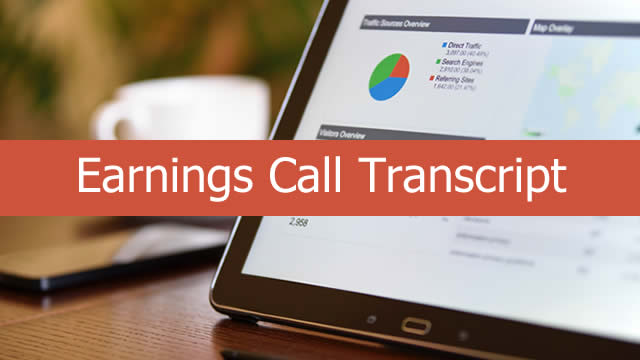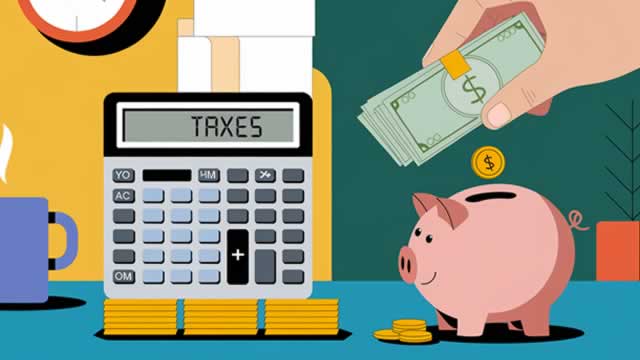
INTU
Intuit Inc.
$634.08
4.95
(0.79%)
| Exchange: | |
| Market Cap: | 176.785B |
| Shares Outstanding: | 140M |
About The Company
| Sector: | Technology | |||||
| Industry: | Software – Application | |||||
| CEO: | Sasan K. Goodarzi | |||||
| Full Time Employees: | 18800 | |||||
| Address: |
|
|||||
| Website: | https://www.intuit.com |
Intuit Inc. provides financial management and compliance products and services for consumers, small businesses, self-employed, and accounting professionals in the United States, Canada, and internationally. The company operates in four segments: Small Business & Self-Employed, Consumer, Credit Karma, and ProConnect. The Small Business & Self-Employed segment provides QuickBooks online services and desktop software solutions comprising QuickBooks Online Advanced, a cloud-based solution; QuickBooks Enterprise, a hosted solution; QuickBooks Self-Employed solution; QuickBooks Commerce, a solution for product-based businesses; QuickBooks Online Accountant and QuickBooks Accountant Desktop Plus solutions; and payroll solutions, such as online payroll processing, direct deposit of employee paychecks, payroll reports, electronic payment of federal and state payroll taxes, and electronic filing of federal and state payroll tax forms. This segment also offers payment-processing solutions, including credit and debit cards, Apple Pay, and ACH payment services; QuickBooks Cash business bank account; and financial supplies and financing for small businesses. The Consumer segment provides TurboTax income tax preparation products and services; and personal finance. The Credit Karma segment offers consumers with a personal finance platform that provides personalized recommendations of home, auto, and personal loans, as well as credit cards and insurance products. The ProConnect segment provides Lacerte, ProSeries, and ProFile desktop tax-preparation software products; and ProConnect Tax Online tax products, electronic tax filing service, and bank products and related services. It sells products and services through various sales and distribution channels, including multi-channel shop-and-buy experiences, websites and call centers, mobile application stores, and retail and other channels. The company was founded in 1983 and is headquartered in Mountain View, California.
Click to read more…
Revenue Segmentation
EPS
Earnings Call
Income Statement
(* All numbers are in thousands)
Balance Sheet
(* All numbers are in thousands)
Cash Flow Statement
(* All numbers are in thousands)
Analyst Estimates
(* All numbers are in thousands)







